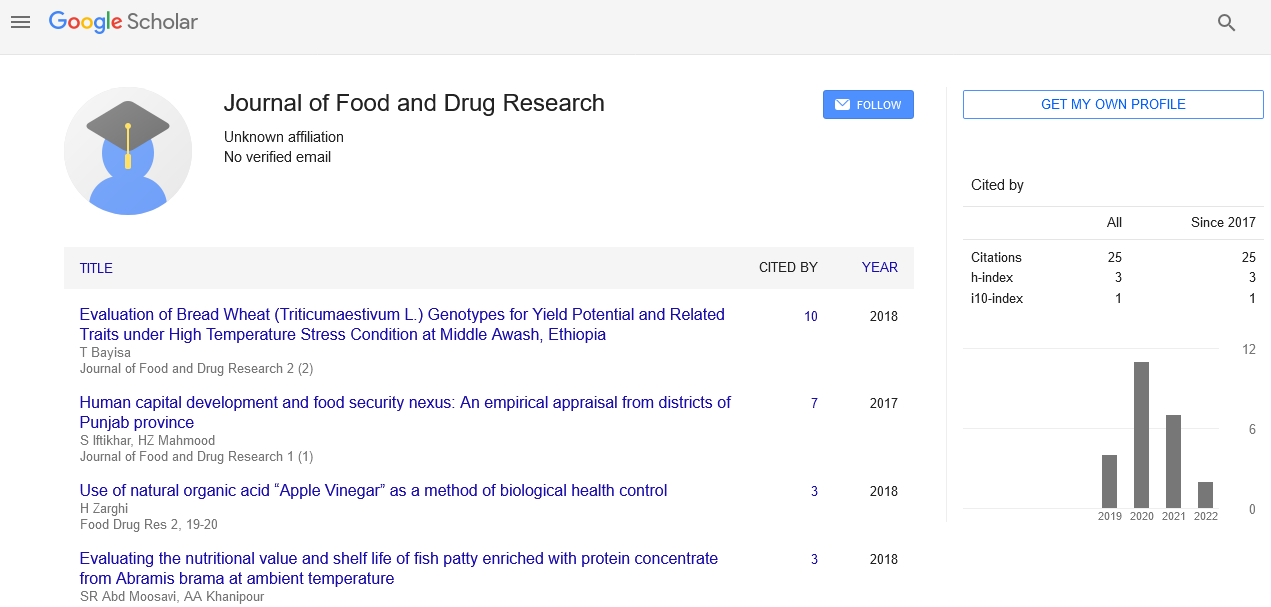
Sign up for email alert when new content gets added: Sign up
Abstract
Biofortification and Genomics Approaches to Improve Quality of Nutricereal Pearl Millet
Author(s): Supriya Ambawat, Subaran Singh, Shobhit and C Tara SatyavathiPearl millet [Pennisetum glaucum (L.) R. Br.] is main staple food grown on more than 26 mha in the arid and semiarid tropical regions of Asia, Africa and Latin America. In India, it is the fourth most widely cultivated crop with an average production of 9.73 mt. It has high nutrition value and rightly termed as nutricereal as it is rich in protein, essential fatty acids, dietary fibre, vitamins, minerals such as calcium, iron, zinc, potassium and magnesium. It helps in rendering several health benefits but its direct consumption as food has significantly declined over the past three decades due to various reasons. In this context, it is important to raise the awareness on its nutritional value and reorient the efforts to generate demand through value-addition and quality improvement. Biofortification is a cost-effective process of nutrient fortification using modern breeding, improved agronomic practices, transgenic approaches and microbiological interventions. In addition, molecular tools and genomic studies are also promising approaches as they have massive prospective for improving efficiency and accuracy of conventional breeding. In India, through ICAR-All India Coordinated Research Project on Pearl millet, we are developing various biofortified hybrids rich in Fe and Zn and using MAS strategies and genomics tools, Fe-Zn QTL location has been identified and Improved HHB 67 has been released. Further, using consensus map, genomic positions of SSR markers related to grain iron and zinc content is being identified and research is in progress towards mapping QTLs for flour rancidity. Identification and tagging of genes underlying a trait has become possible due to advanced next-generation sequencing (NGS) and molecular profiling technologies. Recently, the whole genome sequencing of pearl millet has been carried out and the draft genome and resequencing data will help researchers better understand the trait variation while advancing genetic improvement of the crop. Thus, development and application of novel approaches such as biofortification, marker-trait associations, genomic selection tools, NGS and GBS need to be intensified to accelerate the genetic gain targets for improvement of pearl millet.





